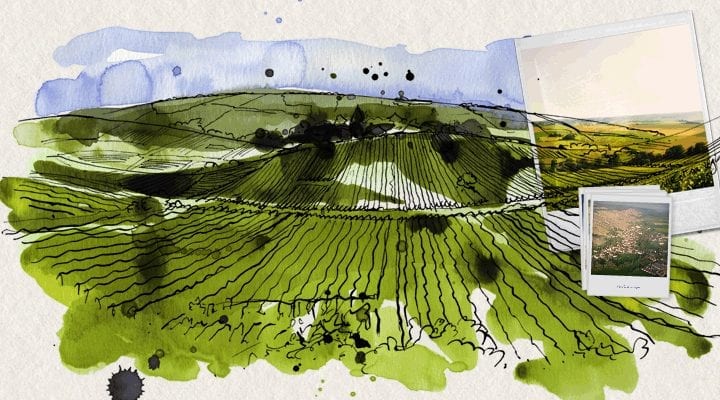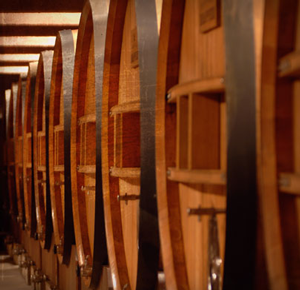Champagne Drappier
21st August 2014

The House
Although the vines in Urville were originally planted by the Romans 2000 years ago, it was Saint Bernard, founder of Clairvaux Abbey, who had our cellars built in 1152.
Seven centuries later, in 1808, around this magnificently preserved testimony to medieval times, where the exceptional cuvées slumber, the family domaine was created which today is headed by Michel Drappier. An area in which Pinot Noir thrives, a grape variety which “runs through our veins”, Urville lies where our vineyard was first planted and is now cultivated according to organic and natural principles.
Just like the “archives” plotting the long history of our house, we also continue to cultivate forgotten and nevertheless unforgettable grape varieties: Arbane, Petit Meslier and Blanc Vrai. Today, rather than sophisticated, sometimes overdone excellence, we prefer authenticity and a natural approach.
Thanks mainly to very low quantities of dosage and extremely limited use of sulphites, of which the Brut Nature Without Sulphur cuvée is the culmination, we are able to highlight the multifaceted aspects of our terroirs and our wine-making.
Vineyard
The Belle Haie, the Val Demoiselle, the Sendrée, so many parcels of land in the service of the Drappier cuvées. Classic grape varieties such as Pinot Noir, Chardonnay or Meunier, rare varieties such as Petit Meslier, Blanc Vrai or the extremely rare Arbane, touches of colours and flavours of our vineyard
Production Process
Once the grapes have been vinified it is the vintner’s task to unite them with precision, wisdom and harmony, at the same time respecting the style of each grape variety, the spirit of each parcel of land, almost retaining every breath of its climate. This is when the three Drappier generations come together in something like conclaves which are necessary for the delicate mission, every year, leading to the blending of the wines and the renewal of their cuvées. Their concern is not the simple homogeneity of the wine; rather they seek the optimal expression of each cuvée as it is born.
We are fiercely opposed to excessive use of sulphur and we use the weakest doses in our profession. The Champagnes thus derived therefore have more natural colours with rich, coppery golds and more expansive aromas. Apart from respect for the consumer, this characteristic allows a low-temperature prise de mousse which is particularly slow, generating a fine, subtle effervescence.
The liqueurs d’expédition are aged in oak casks, then in demijohns for more than 10 years, in this way gaining in concentration and refinement. They are added to each bottle in a reduced dose in order to accentuate length in the mouth without ever overburdening the palate. The Champagnes thus obtained are more complex and also purer.
While the vintage varieties age in the cool darkness of the Reims cellars, dug out of the limestone in 1870, the large-sized bottles are prudently lined up in the 12th century cellar, constructed in Urville by Cistercian monks from Clairvaux Abbey. Aficionados of Champagne never allow themselves to be dictated to about it. They appreciate the vinosity and consistency of a Champagne with a good pedigree. General de Gaulle was among those who loved Drappier Champagne for its assured character. In his lifetime he was the most famous customer of Maison Drappier. His favourite Champagne was present at all the celebrations at Colombey-les–deux-Églises, a village close to Urville and a stronghold of the Drappier Family. In homage to the eminent statesman Maison Drappier has dedicated one of its fine cuvées to him.
![]()
Glass of Bubbly
Executive editor of news content for the website Please enjoy the articles that we share - We hope you find our love for Champagne & Sparkling Wines both interesting and educational.

